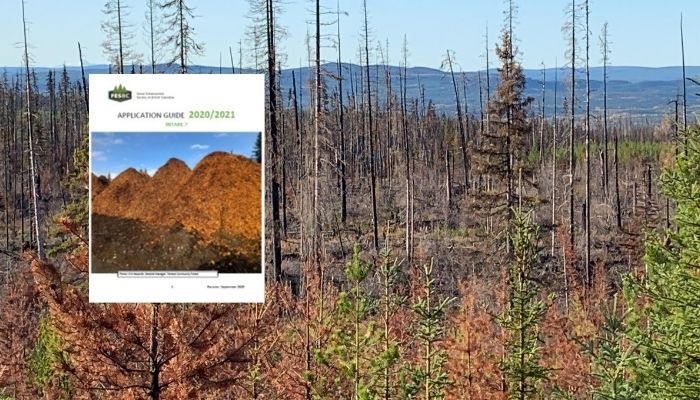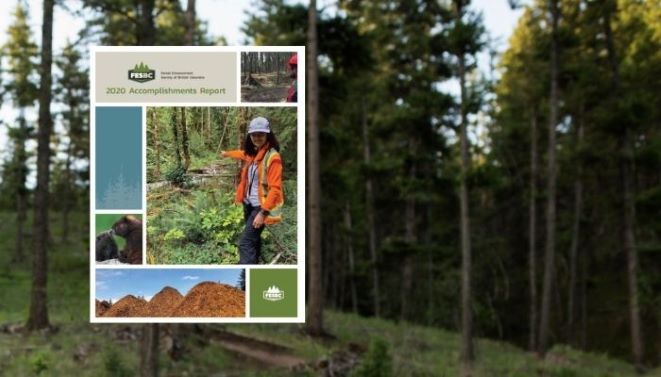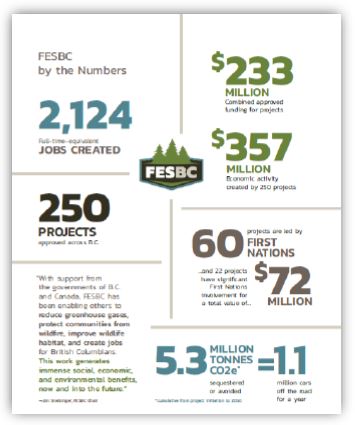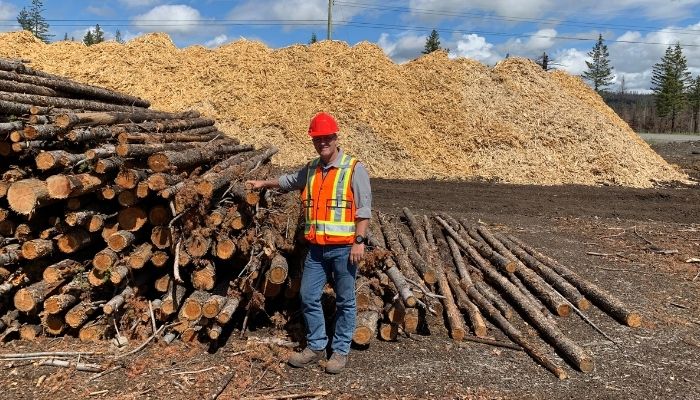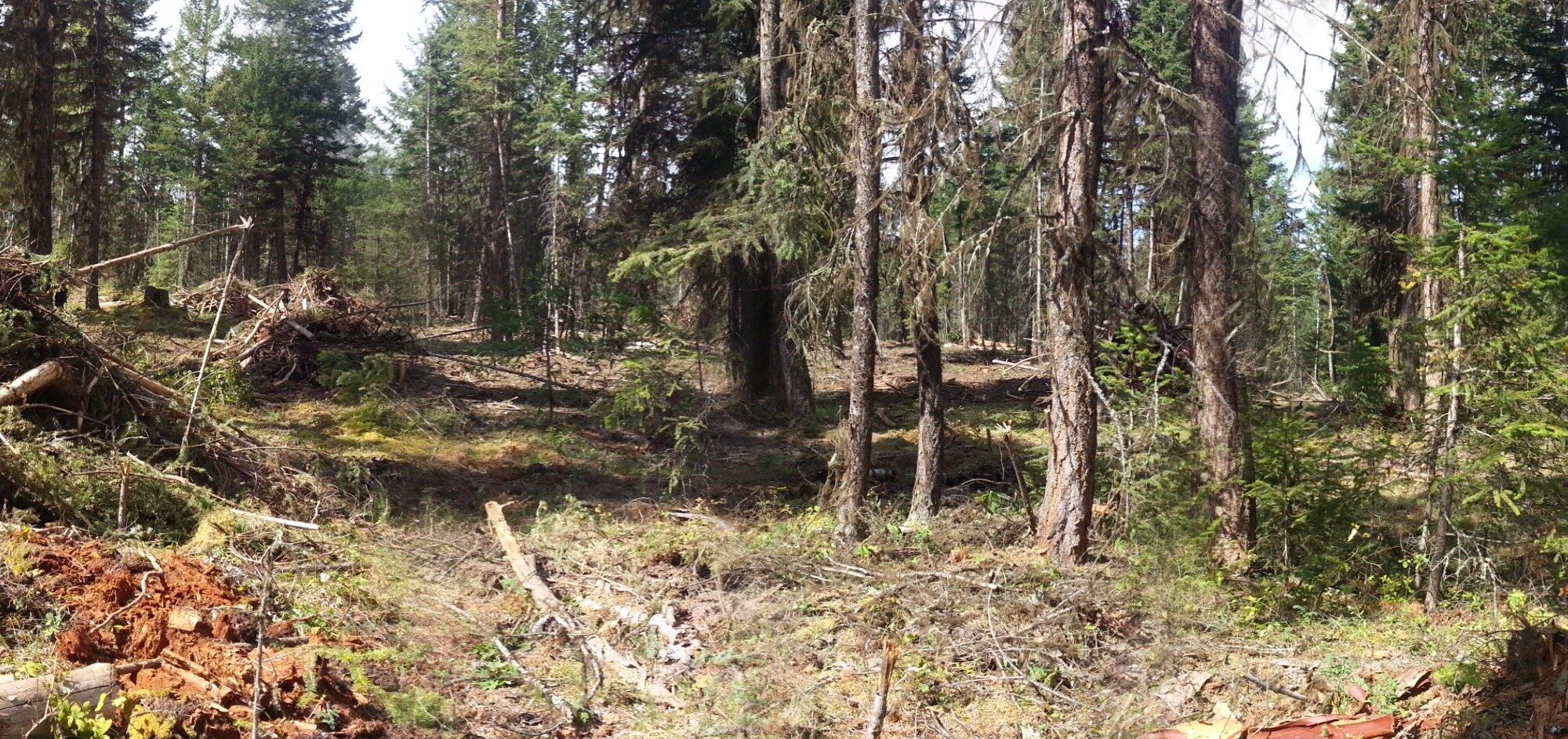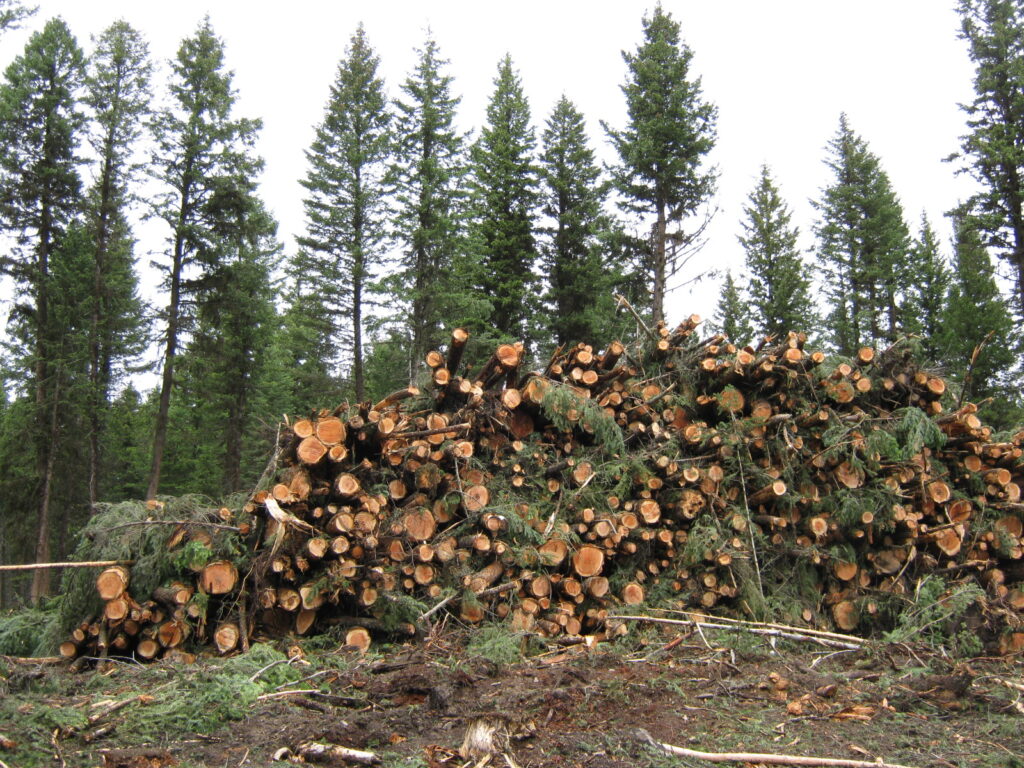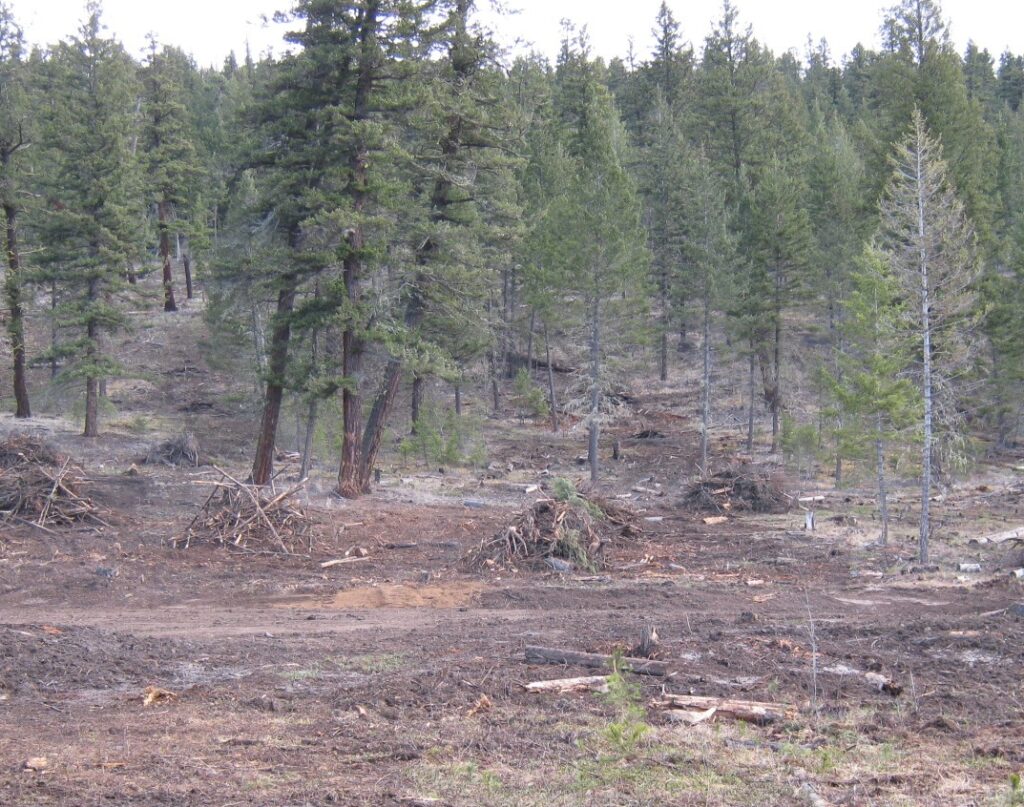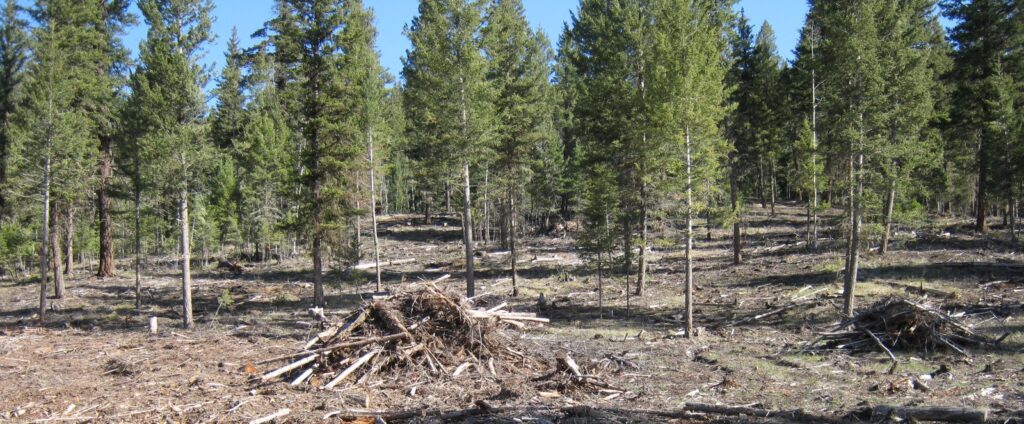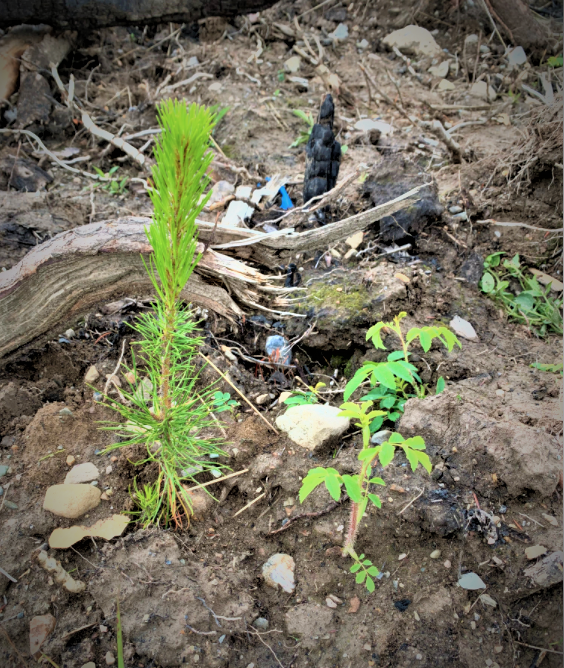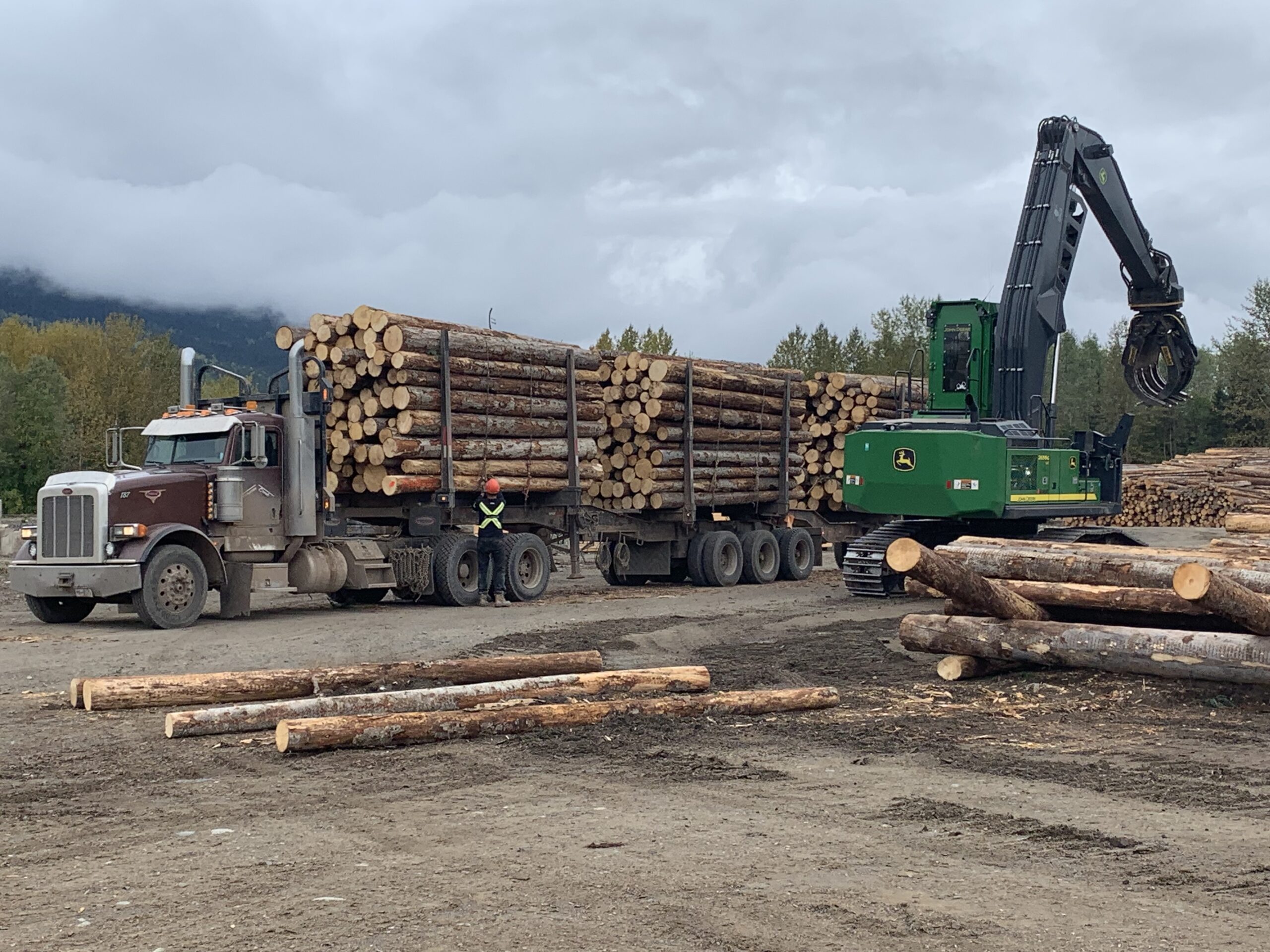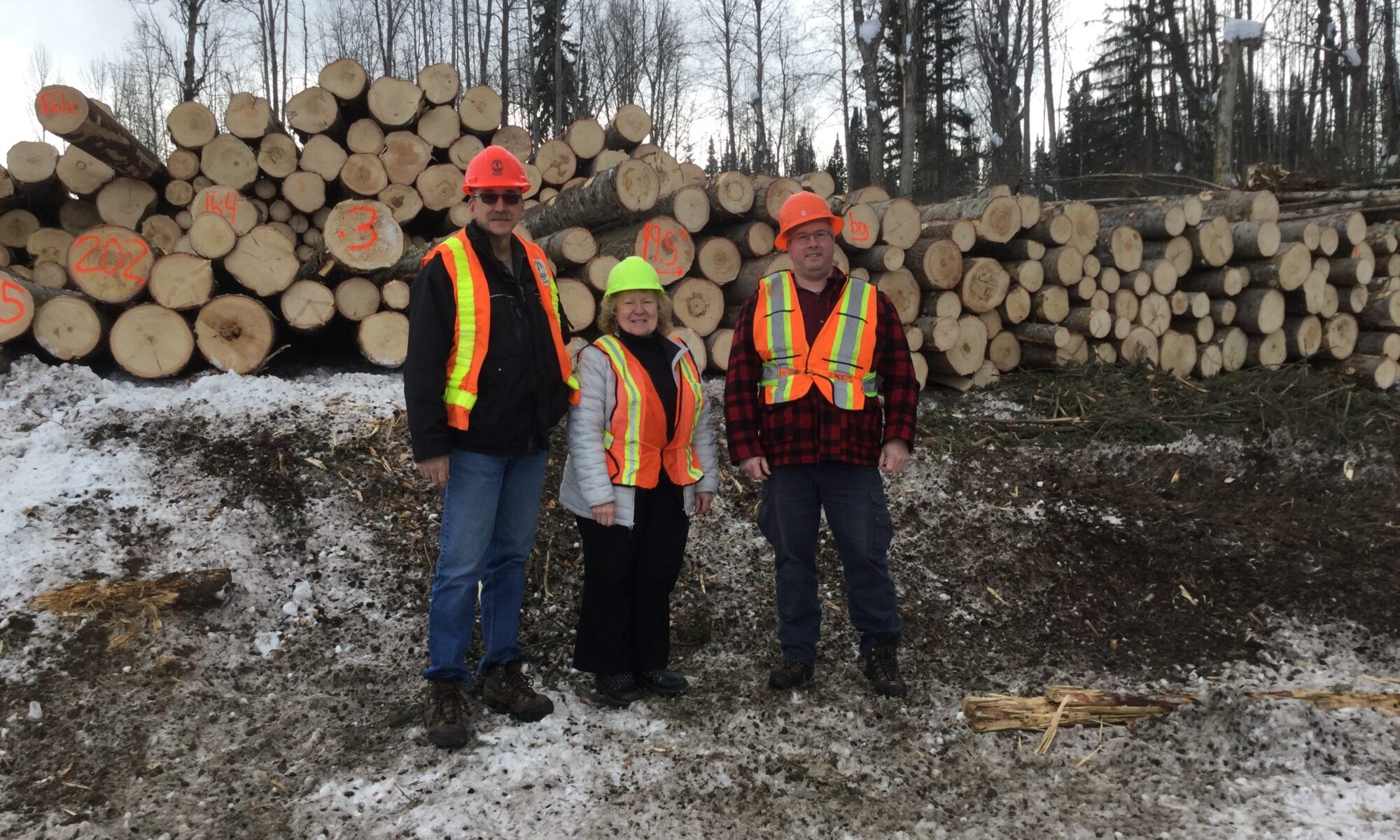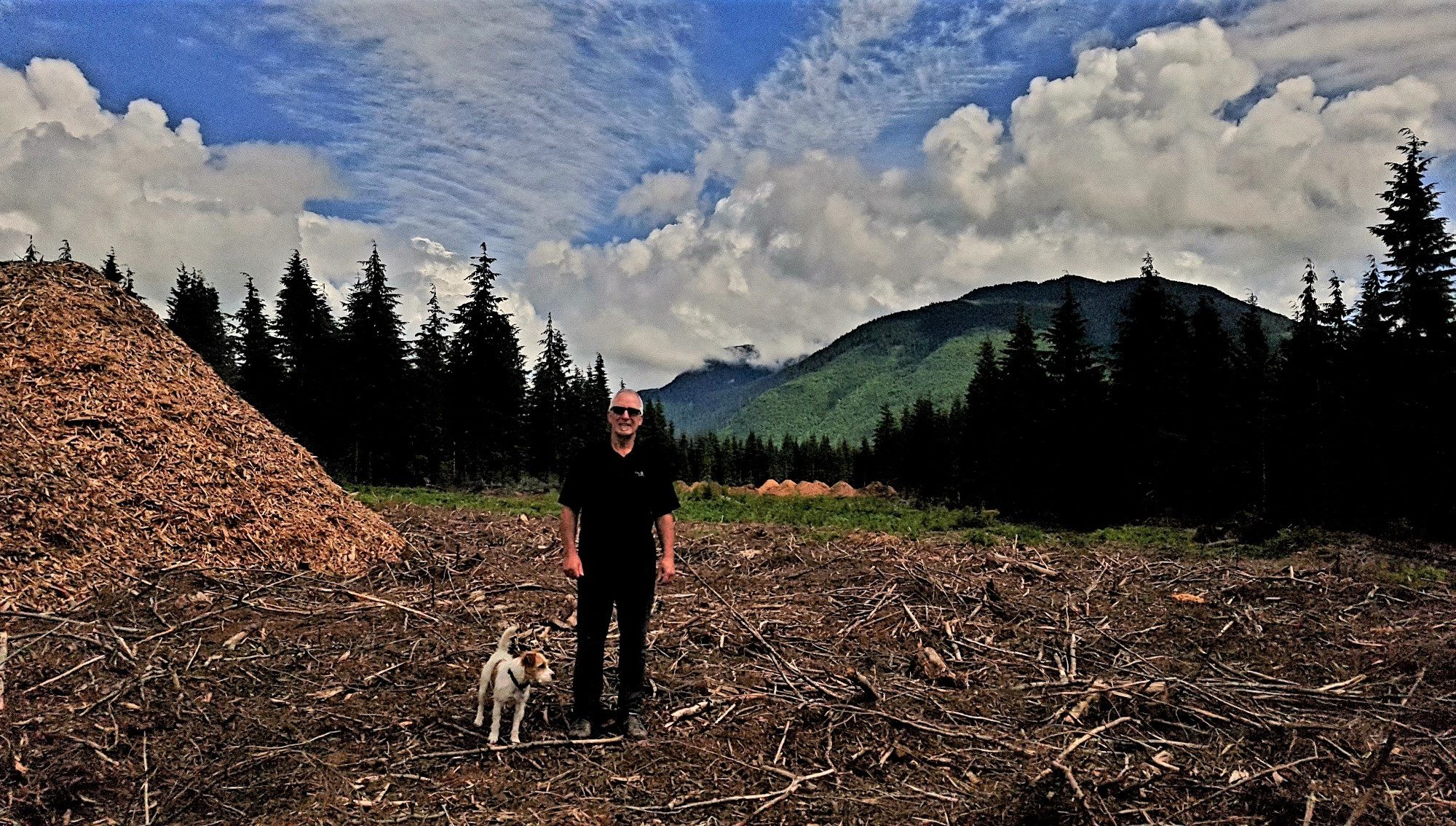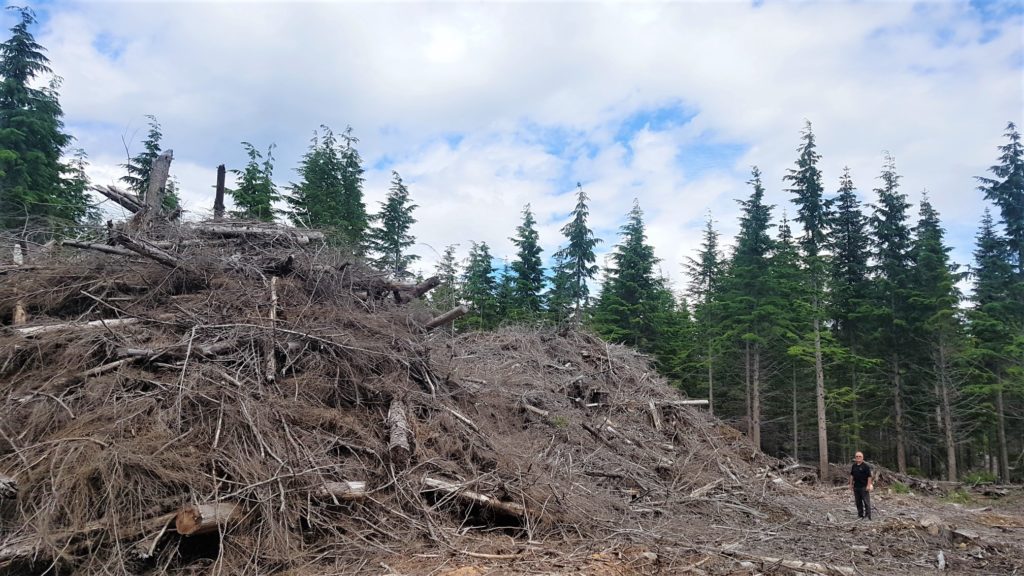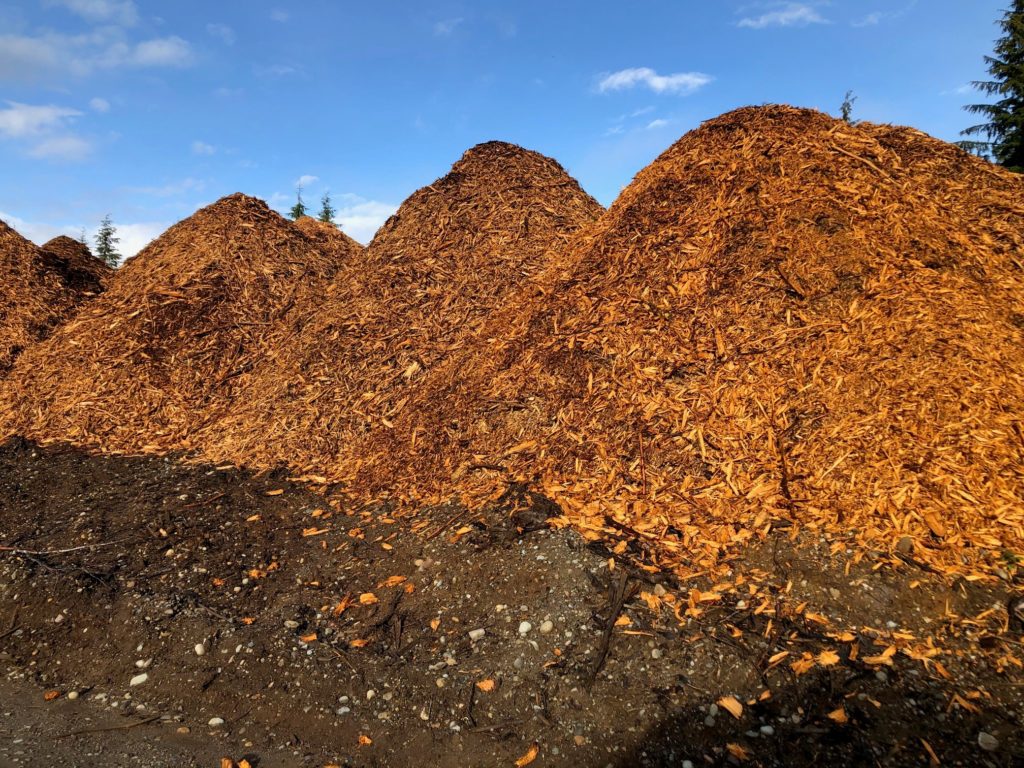GRANISLE – People living in the Village of Granisle will benefit from reduced wildfire risk when a buffer of birch and cottonwood trees are planted around the community.
Forest Enhancement Society of BC (FESBC) funding of approximately $400,000 is supporting the Babine Lake Community Forest (BLCF) to surround the village with a mixed stand of trees, mostly made up of deciduous trees, which are less susceptible to forest fires than conifers.
“It’s great to see communities and First Nations like the Village of Granisle and Lake Babine Nation working together to reduce the risk of wildfires on their doorsteps,” said Doug Donaldson, Minister of Forests, Lands, Natural Resource Operations and Rural Development. “Provincial funding to FESBC allowed it to support these projects and now it’s making a difference on the ground, protecting communities and creating local employment opportunities.”
As part of the project, BLCF has cut 36,000 cubic metres of existing conifers in the forest, which were then delivered to Hampton Mills in Burns Lake where they will be used to produce lumber. Planting of the buffer of 225,000 trees will begin next year.
The community forest is held in equal partnership between Lake Babine Nation and the Village of Granisle, which has a population of about 350 and could not afford to take the project on alone.
The FESBC funding was approved in 2018 to assist BLCF with its long-term wildfire mitigation, including community consultation and long-term site plans that integrate wildlife values. It is part of the larger project, to which BLCF is contributing $1.7 million.
As part of the project, conifers were logged last year. Fuel management is planned this year (the piling and burning of surface fuels) and planting will take place next year.
“The Village of Granisle and Lake Babine Nation have both been incredibly supportive,” said Peter Tweedie, general manager, BLCF, and owner of Tyhee Forestry Consultants, which conducted the work on behalf of BLCF. “In our public-input meetings, they were diligent in providing information. We’ve had almost unanimous buy-in from attendees who have felt anxious about the existing wildfire risk – especially since the 2017 and 2018 wildfire seasons.”
A review by the BLCF and the BC Wildfire Service indicated that replacing the dense conifer stand around the community with deciduous trees would be a low-maintenance, long-term solution to creating a wildfire buffer around the community.
“Our community is extremely grateful for the time and direction by our community forest board of directors in addressing the wildfire mitigation surrounding our town,” said Linda McGuire, mayor, Village of Granisle. “Daily, we have been observing the progress of this project and have every confidence it will be completed in the coming months and the board will have achieved their goal on a successful endeavour.”
The project is also enhancing skills training opportunities and providing employment to residents of both Lake Babine Nation and the Village of Granisle. FESBC funding is creating about four jobs.
Quotes:
Gord Pratt, operations manager, FESBC –
“FESBC is excited to assist the BLCF meet multiple objectives. This includes reducing the wildfire risk to the Village of Granisle and improving the forest by taking an innovative approach to diversifying the species in the community forest, allowing them to market hardwood fibre in the future.”
Gordon Alec, Chief of Babine Lake First Nation –
“Having worked in the forest industry for 43 years, I know managing and sustaining the forest and economy is vitally important. I fully support the Babine Lake Community Forest. I am quite confident that this venture will go a very long way in benefiting all of the communities involved. Let’s keep these positive initiatives going. Thank you all.”
To learn more, visit the BC Government website, here or the FESBC projects pages: www.fesbc.ca/projects

